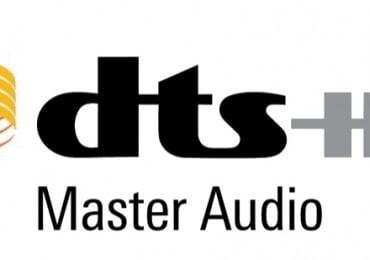 | ||
Dts hd master audio 7 1 surround sound test with original file
DTS-HD Master Audio is a combined lossless/lossy audio codec created by DTS (formerly Digital Theater Systems), commonly used for surround-sound movie soundtracks on Blu-ray Disc.
Contents
- Dts hd master audio 7 1 surround sound test with original file
- History
- Features
- Combined losslesslossy compression
- AV transport
- References
History
DTS-HD Master Audio is an extension of DTS' previous DTS Coherent Acoustics codec. Prior to 2004, it had been known as DTS++. Though it is an optional audio format for Blu-ray Disc format, by 2010, it had become the dominant Blu-ray lossless audio format over its competitor Dolby TrueHD. DTS-HD Master Audio is also the carrier for home delivery of DTS:X.
Features
DTS-HD Master Audio is a lossless compression codec containing a lossy DTS Digital core, thus allowing for bit-to-bit representation of the original movie's master soundtrack. DTS-HD Master Audio supports variable bit rates up to 24.5 Mbit/s. The format supports a maximum of 192 kHz sampling frequency and 24-bit depth samples from 2 to 5.1 channels, and 96 kHz/24bit resolution up to 7.1 channels. DTS-HD is capable of virtually any number of discrete channels but is limited by storage media.
As a 3D audio delivery format, a DTS:X encoded DTS-HD Master Audio stream is able to contain up to 7.1 channels as well as nine objects and its associated metadata at 96 kHz/24 bit.
Combined lossless/lossy compression
When played back on devices which do not support the Master Audio or High Resolution extension, it degrades to a "core" track which is lossy.
According to the DTS-HD White Paper, DTS-HD Master Audio contains 2 data streams: the original DTS core stream and the additional "residual" stream which contains the "difference" between the original signal and the lossy compression DTS core stream. The audio signal is split into two paths at the input to the encoder. One path goes to the core encoder for backwards compatibility and is then decoded. The other path compares the original audio to the decoded core signal and generates residuals, which are data over and above what the core contains that is needed to restore the original audio as bit-for-bit identical to the original. The residual data is then encoded by a lossless encoder and packed together with the core. The decoding process is simply the reverse.
AV transport
DTS-HD Master Audio may be transported to AV receivers in 5.1, 6.1 or 7.1 channels, at lossless quality, in one of three ways depending on player and/or receiver support:
